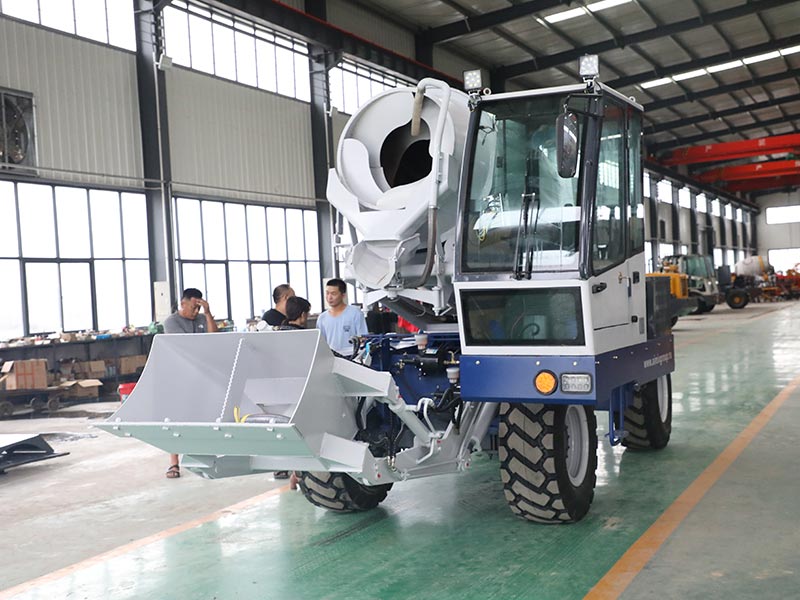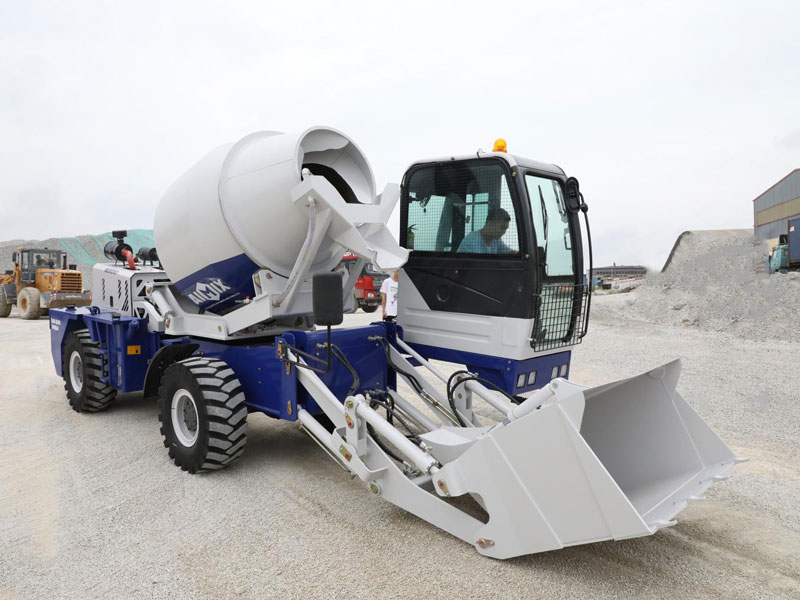The adaptability of self-loading concrete mixers has revolutionized the construction industry, offering a multifaceted approach to mixing and delivering concrete directly on-site. These machines combine the functions of a concrete mixer and a loader, eliminating the need for separate devices and significantly reducing labor and time. An essential question that surfaces, however, is their ability to operate efficiently across diverse weather conditions. This article delves into whether self loading concrete mixers can maintain their performance and reliability regardless of climatic challenges.

Understanding Weather-Related Challenges
Weather conditions play a significant role in the operational efficacy of construction machinery. Extreme temperatures, precipitation, and humidity levels can affect not only the mechanical aspects of these machines but also the quality and consistency of the concrete mix they produce. Consequently, examining the resilience of self loading mixers against such environmental factors is crucial.

Performance in Extreme Temperatures
In regions with high temperatures, the primary concern is the premature setting of concrete due to accelerated hydration, which could compromise workability and strength. Conversely, cold temperatures may delay the curing process, increasing the risk of frost damage which can weaken the concrete structure. Modern self concrete mixer are equipped with features designed to mitigate these impacts, such as insulated water tanks and advanced controls that allow adjustments to the mix based on ambient temperature.

Dealing with Rainfall and Humidity
Rainfall and high humidity levels present another layer of complexity. Water is a critical component of concrete, and any deviation from the required water-to-cement ratio—whether by accidental addition of rainwater or variation in moisture content—can affect the mix’s integrity. Self loading mixer trucks come with tightly sealed compartments to protect the mix from unexpected rain during operation. Moreover, the precise measurement and automated adjustment features enable operators to maintain the correct proportions in the mix, ensuring consistent quality despite changes in humidity and moisture levels.
Wind Conditions and Their Impact
Strong winds can lead to rapid evaporation of water from the concrete mix, affecting its hydration process and potentially leading to surface cracks. While self-loading concrete mixers cannot control the external environment, their swift mixing and transfer capabilities reduce the time the concrete is exposed to such conditions, lessening the potential for wind-induced damages.
Conclusion
Self-loading concrete mixers have been designed with the foresight of tackling various environmental and weather-related challenges, making them a robust ally in the construction industry. While certain extreme conditions necessitate additional precautions and adaptations, these mixers are equipped with innovative features that help sustain their efficiency and productivity. Therefore, while no machine can claim absolute invulnerability to all weather scenarios, self-loading concrete mixers stand out for their remarkable versatility and resilience, proving capable of operating effectively in a wide range of climatic conditions.